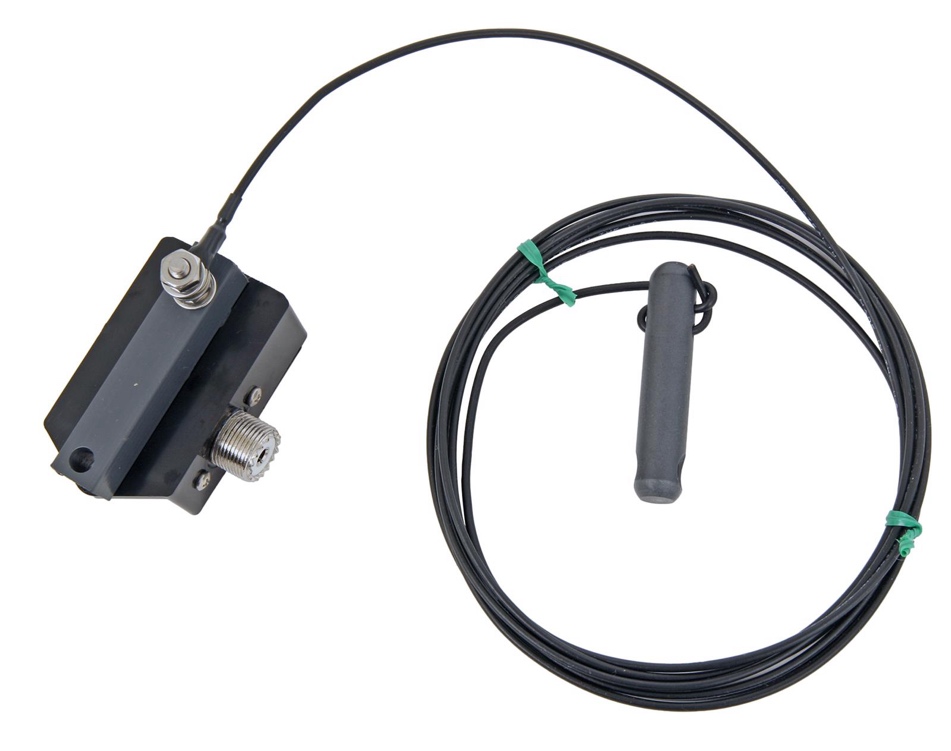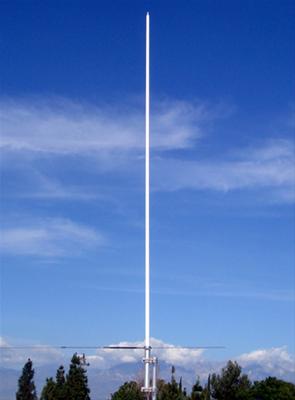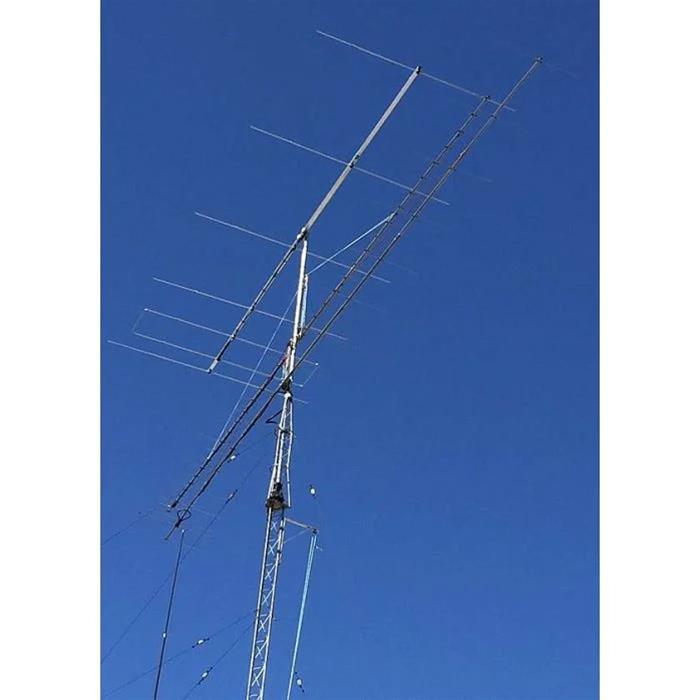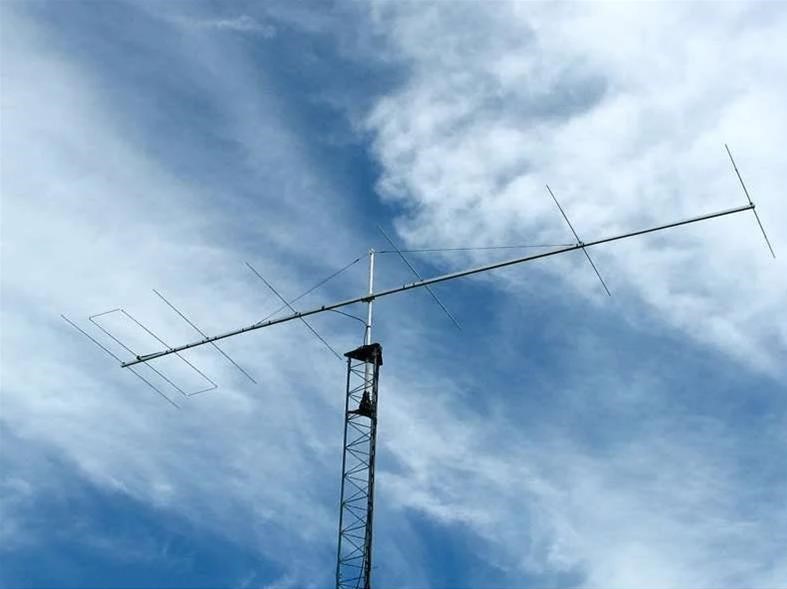Hams have described 6-meter operating the same way Forrest Gump waxed folksily about life’s parallels to a box of chocolates: “You never know what you’re going to get.” OnAllBands blogger Mark, K8MSH, compared sudden and unexpected 6-meter flurries to a “flash mob.”
And that’s what intrigues and excites operators about this most unpredictable of VHF frequencies, appropriately coined the “Magic Band” by those who have worked some truly hocus-pocus DX only to find this capricious band go silent just as quickly. Might as well tune in because, well, you just never know if you’re going to get nougat or coconut cream.
As DX Engineering sales manager Scott Jones, N3RA, says, “Six meters can be a fickle band. My best suggestion is to always be listening. Some openings are short and can be missed easily.”
The height of activity on 6 meters (50-54 MHz, the lowest portion of VHF) is typically experienced from mid-May to mid-August in the Northern Hemisphere, commonly known as 6 Meter Season. HF success on 6 meters can be further aided when the sunspot cycle is at its peak.
Below is a QSL card provided to us from Scotty, KG9Z, DX Engineering customer/technical support specialist, who worked the Falkland Islands on 6 meters from his QTH in northern Ohio, more than 6,500 miles away.

Get Active on 6 Meters this Summer
There are a number of 6M-only and VHF contests this summer. That’s great news for Technician license holders, who have full operating privileges on all VHF and higher bands in CW, SSB, and Digital modes.
- SMIRK Contest: June 21, 0000Z to June 22, 2359Z. Hams from around the world will be gathering on the air for SMIRK’s (Six Meter International Radio Klub) annual 6M bonanza. From the group’s website: “It’s loads of fun. You can meet SMIRK members or become a SMIRK member during this contest. Just call ‘CQ SMIRK’ and you are sure to get some answers.” Click here to learn how to join SMIRK, a group that actively supports 6M efforts like DXpeditions and the placement of 6M beacons.

- ARRL June VHF Contest: June 14, 1800Z to June 16, 0259Z. Amateurs in the U.S. and Canada can work as many amateur stations in as many different 2-degree x 1-degree Maidenhead grid squares as possible using authorized frequencies above 50 MHz. All legal modes are permitted.
- LZ International 6 Meter Contest: June 21, 1400Z to June 22, 1400Z. This CW/SSB 50 MHz contest is organized by the Radio Club Lovech and the Bulgarian Federation of Radio Amateurs.
- CQ Worldwide VHF Contest: July 5-6 CW/SSB, July 19-20 Digital, 1200Z to 1200Z. This annual contest promotes VHF activity on 6 and 2 meters. Participants can register in these categories: single operator, hilltopper, rover, or multi-op. Get complete rules here.
Get the Most Out of 6 Meters
Take a few minutes to read this OnAllBands post from Sean, KX9X, “The Hows and Whys of Operating on Two Meters or Six During the Summer Months.” He covers three major forms of propagation used by VHFers (Sporadic-E, Tropospheric Ducting, and Aurora); equipment you’ll need; and the challenge of capturing all 488 grid squares in the U.S.
Those who contact all 488 on 6M earn the Fred Fish (W5FF) Memorial Award, which was created in honor of the man who was the first amateur to have worked and confirmed all 488 Maidenhead grid squares in the 48 contiguous United States on the Magic Band. W5FF became a Silent Key in 2005. As of this post, W5FF’s rare accomplishment has only been achieved by 23 operators, per the ARRL.

Also read “Ham Radio 101: Six Meter Magic” by Mark, K8MSH.
6M Antenna Choices Abound
A question on DX Engineering’s Facebook page asked hams what antenna they use for 6M operation. The responses highlighted a range of options, including homebrew Moxons, the Hy-Gain AV640, four-element quads, a 160M loop with a Palstar automatic antenna tuner that has 6M coverage, a Cushcraft Squalo, hexbeams, and these options:
- M2 HO Loop for 50 MHz



- InnovAntennas 6-Element LFAs (Loop Fed Array): The LFA offers enhanced performance characteristics typical of a traditional split-dipole Yagi with lowered impedance, yet it maintains a direct 50-ohm feed, eliminating the need for additional matching devices. Per InnovAntennas, this combination ensures optimum performance without the associated losses of traditional designs.
DX Engineering carries several InnovAntennas Yagis for 6 meters, including three new low-noise LFA monoband models designed for clear reception of weaker signals.
- IVA-18485-0047: LFA3, 6 elements, 22.41 feet
- IVA-18485-0049: LFA-MAX, 6 elements, 19.6 feet
- IVA-18485-0052: LFA-HD, 7 elements, 29.2 feet


Read much more about the LFA Yagi at InnvoAntennas’ website. Also find monoband and multiband 6M antennas from WiMo, EAntenna, I0JXX, DIEX, Chelegance, Moonraker, Diamond, and Cushcraft (Tri-band 6M/2M/70cm andA505S 6M Yagi Beam, still in stock) by entering “6M Antennas” at DXEngineering.com
Moxons with Moxie
A number of 6M models available are Moxon antennas. Read this OnAllBands article about Leslie A. “Les” Moxon, G6XN (SK), the man credited with inventing the two-element horizontally shaped Yagi that bears his name. You’ll find a variety of Moxon antennas at DXE, including directional models from OptiBeam and single- and dual-band versions from EAntenna, plus aluminum tubing and all the parts you’ll need to build one of your own.
More for 6 Meters
Plus, go to DXEngineering.com to check out other station upgrades for 6M operation, including the Butternut Antenna 6M add-on kit, HF+6M linear amplifiers, and antenna tuners.
From all of us at OnAllBands, here’s hoping your summer operating is filled with magic!
73
The post Take Advantage of 6 Meter Season: Learn What 6-Meter Antennas Other Hams Are Using appeared first on OnAllBands.
